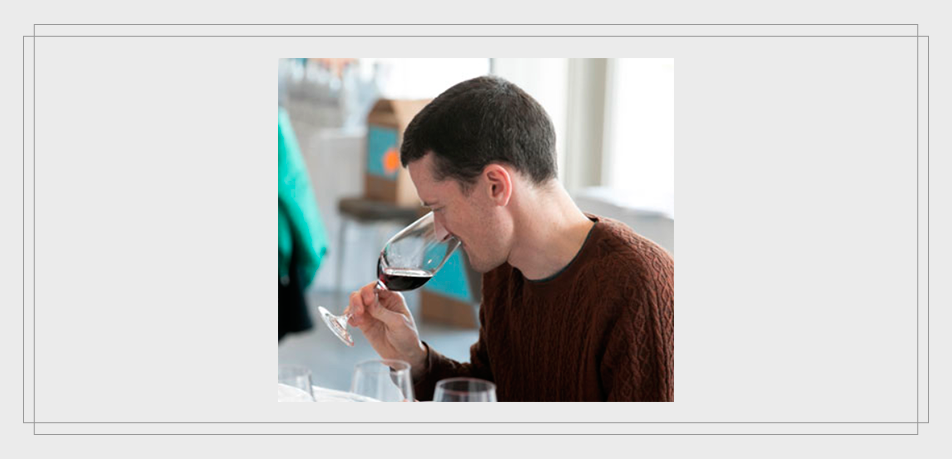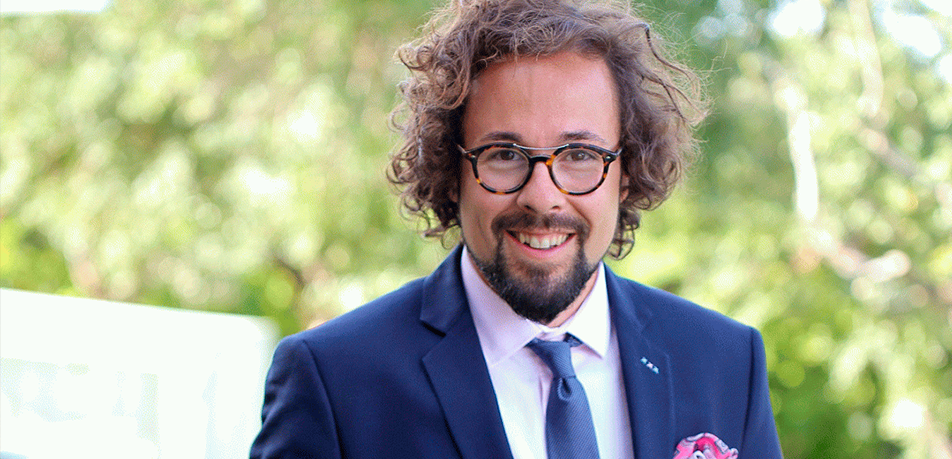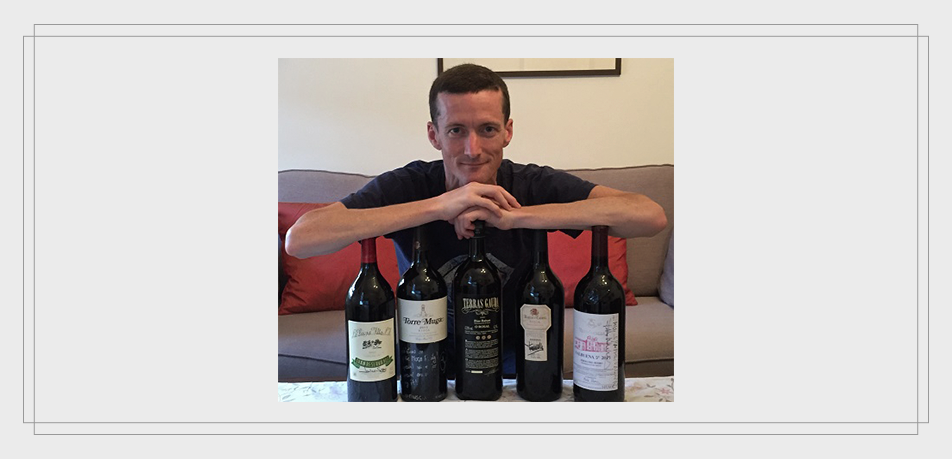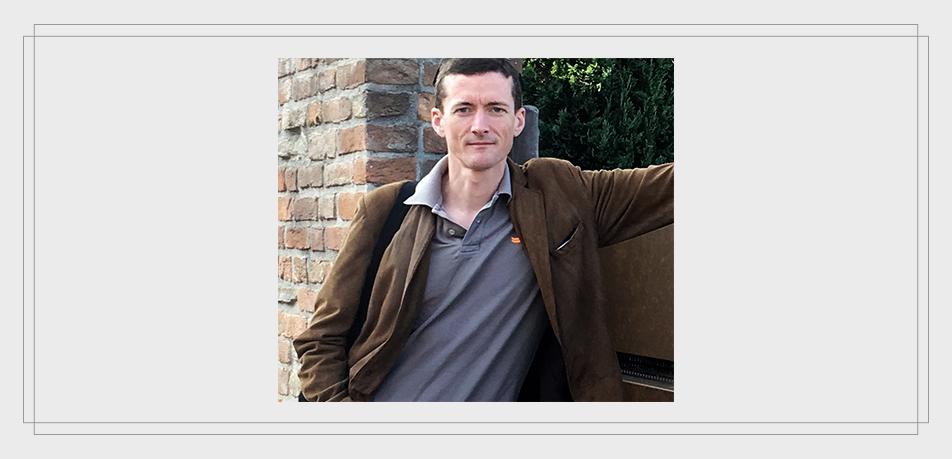DISCOVERING WINE (III): The Wine Tasting. Trial and error

The easiest way to explore different styles of wine is simply to go out, buy some and see what they’re like. That’s perhaps the truest form of discovery and can be a lot of fun. A few years ago, I decided I hadn’t been drinking enough white wine so made doing so my New Year’s resolution! That gave me a reason (excuse?) to discover Italian Pecorino, Austrian Grüner Veltliner and of course Galicia’s new classic, Albariño.
But by its very definition, it comes with disappointment – the ‘error’ part of this approach! I am still not much of a fan of Vernaccia di San Gimignano since trying it out 10 years ago, for example. It can therefore be an expensive, time consuming and occasionally frustrating process.
Of course, we can minimise the error rate by taking the advice of peers and professionals.
Peer recommendations
Wine is best as a social thing. And it’s a double delight when a friend or relative lets you into their ‘little secret’ and brings you something you’ve not come across before. It is unlikely I would have gone out and found El Hombre Bala had my good friend Santi not introduced me to this new wave Garnacha from Comando-G in the Sierra dos Gredos near Madrid.
Having – or forming – a circle of like-minded wine friends can be a great way to explore each other’s discoveries. Nothing like a bring-a-bottle party to get things going! Plus, of course, it’s based on the views of wine drinkers, not collectors or critics or tasters.
Such suggestions nevertheless carry the same challenges as with crowdsourced recommendations: do you trust their judgement?
Professional recommendations
So you can always turn to the professionals.
A great sommelier will use their in-depth expertise to guide you through their wine list, reacting to your tastes and to your menu choices, often bringing your attention to alternatives you didn’t know about before. The expert team at London wine club, 67 Pall Mall, are now used to me asking for “a glass of your choice”.
Likewise, a well-trained team in wine shops can open your world wider. In the late 1990s, it was the UK chain, Oddbins, who I could rely on for suggestions of wines to match dinner party dishes, many of which I’d never drunk before.
Most recently, in Madrid I discovered Los Rosales, a 3 year old wine store just down the street from venerable Sherry bar, La Venencia. Here, the owner showed me an unusual Sherry – an añada 2009 Fino – which I would certainly not have picked without his excellent suggestion…and his generosity of a chance to taste first. I left with a bottle.
The biggest challenge here is one of trust. Clearly, both are as much salespeople as they are wine advisors. Great sommeliers step above this, but there are many who will simply guide clients to the wine that they need to clear, or which has the highest margin, and likewise retailers. You also need to be sure of their true expertise.
Finally, particularly when out at a restaurant, it’s great to get a sommelier’s recommendation, but so many of my friends say to me “we were suggested a great wine the other night. I can’t remember what it was, but it was lovely…”. The trick is to make sure the sommelier’s knowledge for that one-off occasion gets transferred, so you can find the same wine again yourself.
Tastings
A key part of the functioning of the wine trade is tastings. Professionals looking for certain wines are best served by being able to experience them. Rooms with 50 to 500 wines are common features in an importing market like the UK, week-in, week-out.
In some cases, there’s also a consumer tasting added-on, perhaps after working hours. Or in the case of huge trade wine fair, Vinitaly, consumers are allowed in at the same time!
Tastings are one of the fastest ways to experience a wide range of wines, and be able to compare them side-by-side. Investment will be comparatively low – maybe €20-40 – given the opportunity.
Obviously, remembering and cataloguing what you’ve tasted is a big challenge here. Also bear in mind that some wines ‘taste’ well – in single, small doses – but may be less enjoyable to drink a whole bottle. It can also be hard work to taste 30 or more wines in one go!
But it is the ultimate, ‘try before you buy’ method.
Dinners & masterclasses
A more in-depth equivalent is to go do organised wine dinners or masterclasses. These can be a lot of fun, tasting and learning at the same time as having a good night out with friends. These are often immersive experiences for a particular wine region, or a single quality winery.
The obvious downside is their breadth of focus. Like visiting wine regions, it would be very costly and time consuming to do this for the whole wine world! Plus it can either be ‘hit and miss’ for wineries you don’t know, or else you only go to producers you already know.
Wine courses
Finally, and perhaps most importantly, you can always take a formally-tutored course in wine. From a couple of hours up to several weeks of classes, there are organisations around the world who offer consumers the chance to learn the theory and, critically, taste good wine too.
The UK is essentially a wine importing country. OK, it’s true we do have a very good quality sparkling wine industry, but it is very, very small – 3.8 million bottles in 2017 is around the same size as Bollinger, one medium-sized Champagne house!.
Because of that and a need for the wine trade to understand the wines of the world being brought in, it is perhaps not surprising that some of the most important Global wine education organisations began in London: the Court of Master Sommeliers (CMS), the Institute of Masters of Wine (IMW) and the biggest global educator, the Wine and Spirit Education Trust (WSET).
The WSET runs formally-accredited courses from a 1-day absolute beginner course (Level 1) to professional Diploma (Level 4) taking 18 months. These have become the benchmark worldwide for general wine courses that give a structured approach to understanding the theory of wine and to what you taste in the glass.
Being independent of a wine producing region, tastings are broad and my interest in South African wine was a direct result of taking Diploma, where tasting Boekenhoutskloof Syrah 2007 opened my eyes to fine wines from there.
WSET courses will not be for everyone. They are designed for the wine trade, and have exams included, so won’t be right for people looking for a fun, social way to learn – around 1/3 of the 6-7 million UK consumers interested in doing a wine course, according to my own MW research.
There are other, more focused organisations offering courses, like the Wine Scholar Guild, originally from France, who offer masterclass courses on France and Italy, with Spain in the plan. There are also local wine businesses or wine educators running their own courses without the need for exams. Local wine shops often know of someone.
Beyond the cost involved – €100-200 for an 8 hour, 1 day course – the biggest drawback is that you’ll change your wine buying habits. On average, you’ll spend 12% more on every bottle of wine you buy, as you build the confidence to explore more. And the more you study, the bigger that number becomes…but I promise it is worth it!



